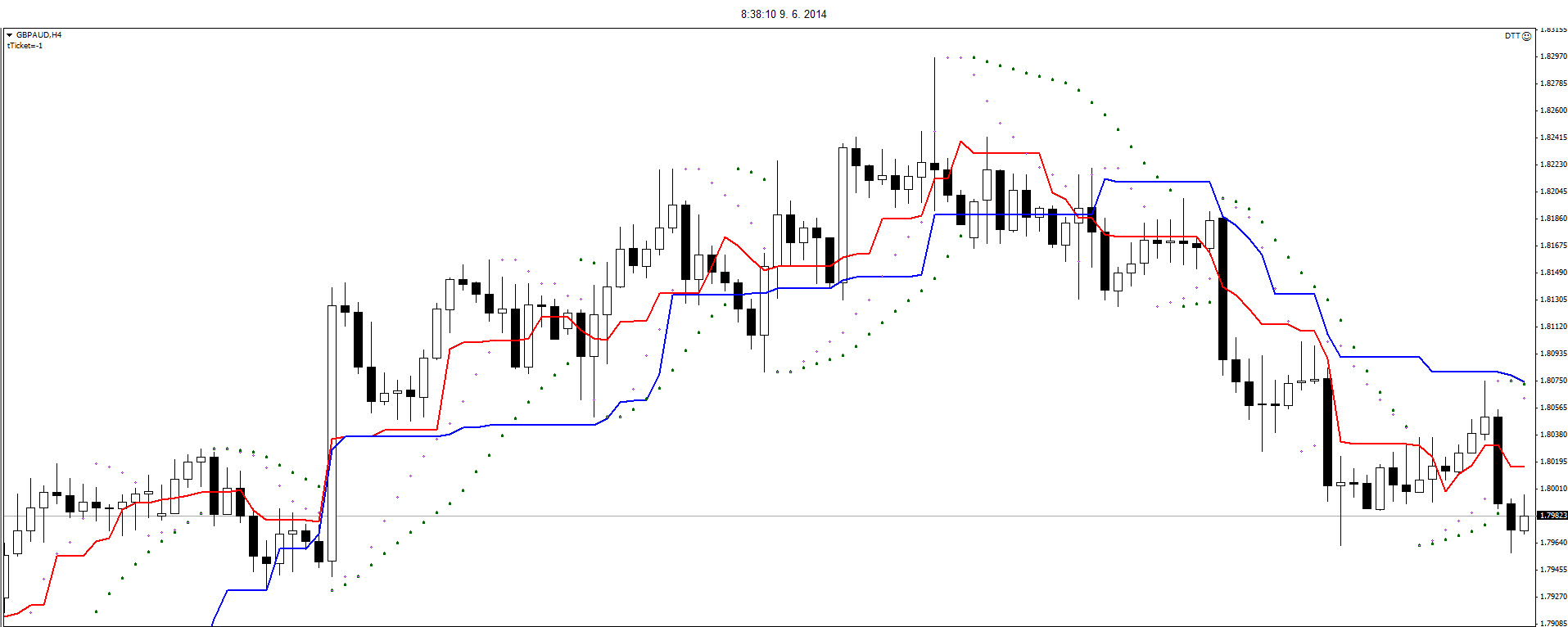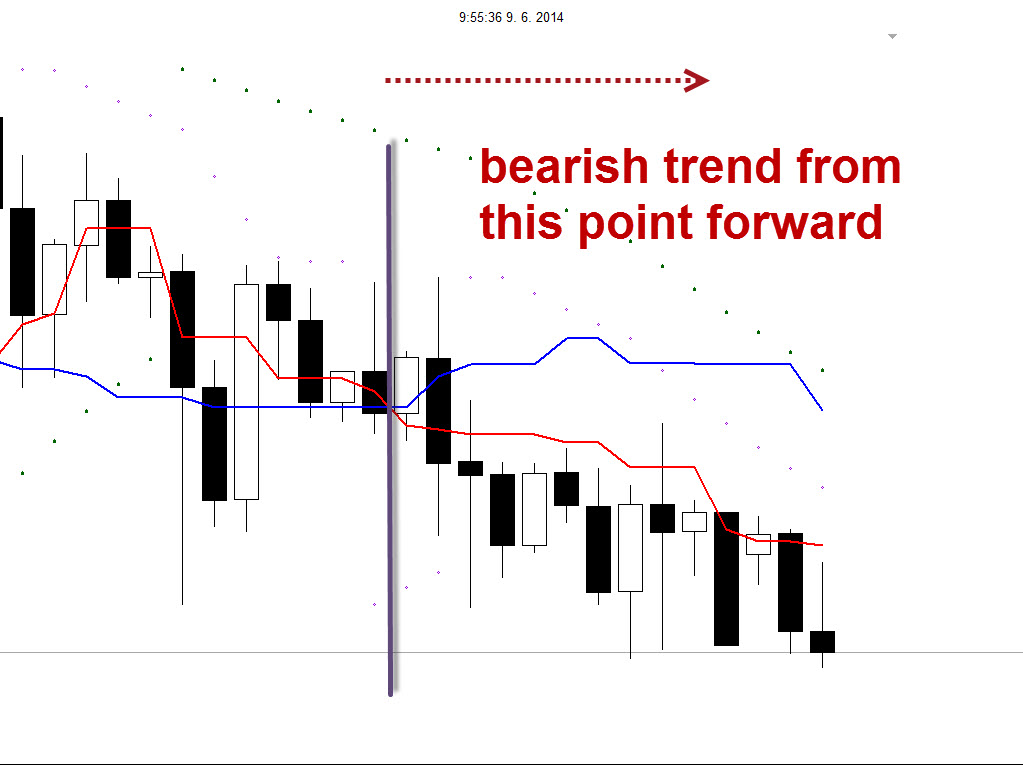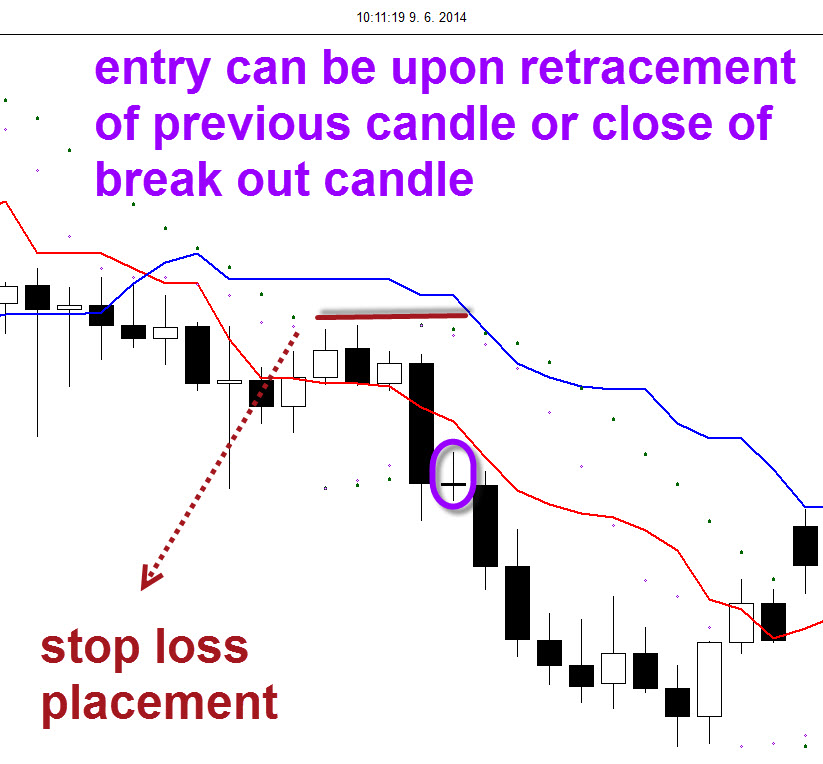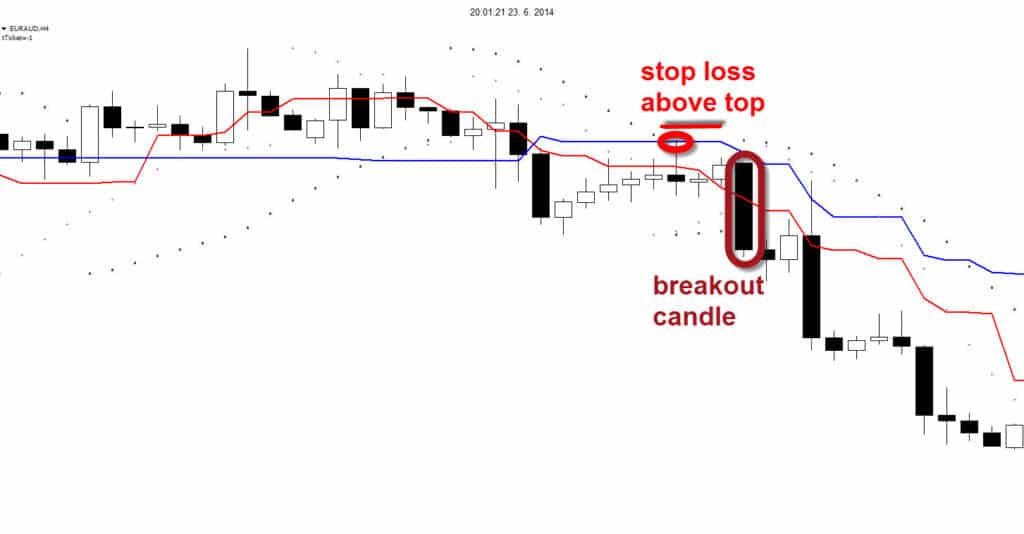Profitable Trading Strategy: Mastering 4-Hour Chart Swing

A simple yet profitable trading strategy and a plan are the ultimate keys to consistent long-term profitability because they allow traders to capitalize on their edge without emotions day in and day out.

Thanks for visiting Trading Strategy Guides (TSG)!
You have discovered the most extensive library of trading content on the internet. Our aim is to provide the best educational content to traders of all stages.
Learn Our Trading Best Strategy By our Founder Casey Stubbs
In other words, we want to make YOU a consistent and profitable trader.
If you’re a brand new trader, we recommend hopping over to our ultimate beginner’s guide to trading to learn more.
Today’s post presents you with a profitable and solid trading swing strategy on the 4-hour chart. So, it is vital to follow along carefully and make sure that all the steps are understood.
There is one crucial task we would like to ask you to complete in return for access to this profitable day trading strategy. We want you to tweak and test it with your own ideas. That way, we can build the best Forex strategy for consistent profits and less volatility.
Let’s get started.
Table of Contents
Statistics of Setup for This Simple yet Profitable Trading Strategy
The first thing we want to share with you is the performance details of the most profitable trading strategy. We need to make sure that you are taking this setup seriously and are appreciating the value provided in this article. Therefore, let us review the stats of the EUR/AUD backtest in the entire 2013:
- Trail stop Parabolic: +13.8 units of risk / +0.39 per trade.
- Trail stop Tenkan: +43.9 units of risk / +1.25 per trade.
- The average reward (half Parabolic and half via Tenkan) is +28.86 units of risk / +0.82 per trade.
- That means if a trader risks 1% per trade, the profit is +28.86%.
- 35 trades taken.

I am sure we have your attention now. We advise paying close attention because the stats get even better. The remaining stats are calculated based on scenario 3:
- 17 wins and 18 losses for roughly 50% – 50%.
- The average win was +3.2, and the average loss was -0.58.
- The profit factor, therefore, was 3.2 / 0.58 = 5.55 (!).
- There were 10 trades out of the 17 that made one reward unit or more.
- Only four trades out of 18 closed for a total loss.
When each unit of loss was compensated by 5.5 units of reward, and approximately 50% of the trades were won, then obviously, the strategy was going to pull into profit.
The profitable day trading strategy is uniquely able to capture long runs and big wins. Not only does the performance show stellar stability, but there are other advantages as well:
- Simplicity – simple rules that are not demanding to implement.
- The strategy can ride long on momentum.
Enough has been said about the performance details of this simple and effective trading strategy, so it is time to move on and explain the rules and ideas behind this concept.
Strategy 201
Here are the basic details connected to the strategy:
Our goal was to create a swing strategy that can be actively traded by all types of traders, from beginners to experienced ones.
As always, our only focus is on technical analysis. The discretionary element is limited to ensure that our rules are crystal clear for all traders.
Moreover, the main strength of our strategy will be to capitalize on trending breakouts. The simple and effective trading strategy focuses on trading with the trend but will only use a one-time frame: the 4-hour chart.
Our tools and indicators are simple:
- Parabolic settings 2 = green dots.
- Parabolic settings 5 = purple dots.
- Ichimoku indicator: Tenkan-sen / Tenkan= red line.
- Ichimoku indicator: Kijun-sen / Kijun = blue line’.

As a roadmap and building block for constructing any strategy, we highly recommend reading Forex Chart Patterns and How to Find Opportunity in Forex.
The Toftem Model
This model is a checklist of the five steps before and during the entry.
T = Trend
O = Opportunity
F = Filters
T = Trigger
EM = Entry Method
These steps will be reviewed here one by one for this swing strategy. The 4-hour chart is used for all of the five steps, besides the filter chart, which uses the daily time frame.
Part #1: Defining a Trend
This best Forex strategy for consistent profits uses the Tenkan and the Kijun lines for trend definition purposes. The Tenkan and Kijun lines are part of the Ichimoku indicator, but the remaining three parts of the indicator were removed (please read more here about the Ichimoku indicator).
The most profitable trading strategy needs Tenkan and the Kijun to align to one side:
- When the Tenkan is above the Kijun – bullish bias.
- When the Tenkan is below the Kijun – bearish bias.
- When the Tenkan equals the Kijun -range.
This is a sweet, simple, and effective way of measuring the trend. Trading must not be complicated or high-level mathematically to be profitable.

Part #2: Opportunity
The opportunity is valid when the Tenkan has an angle:
- An upward-sloping angle means upward momentum.
- A downward-sloping angle means downward momentum.
- A flat angle means no trend/range environment and no momentum.
Moreover, the trend and opportunity must be aligned to the same side before a trader can continue with the next step. This could be either:
- Bullish trend and bullish opportunity, or
- Bearish trend and bearish opportunity.
The screenshot below shows when a currency has momentum to the upside, downside, or no side (flat). Again, the opportunity is intuitive and has an internal logic. Nothing fancy yet practical.

Part #3: Filters
The filter uses the daily chart to check if trends and momentum face significant obstacles, such as daily tops and bottoms. If yes, and the price is too close (sufficient space towards S&R), then that pair and potential trade setup would be filtered out and ignored.
When testing the strategy, no filters were used, meaning the statistics show the “gross” performance. The results can potentially be improved with filters.
Furthermore, the filter steps keep our focus on valid setups and make sure our mind is not overtrading. Filters are essential for making your trading more profitable.
Part #4: Trigger
The trigger is when the trader waits for the price to confirm its expected development, and they are one step away from entering. Moreover, the trade is not just a potential trade setup but is close to becoming an actual trade. This strategy uses the following triggers:
- For a bullish trend and bullish opportunity, the price needs to break through one of the two Parabolic levels to the upside (parabolic is above price).
- For a bearish trend and bearish opportunity, the price needs to break through one of the two Parabolic levels to the downside (parabolic is below the price).

Green dots mean parabolic with a value of two, whereas purple dots mean parabolic with a value of five. The trigger means full alert for the trader as the moment of entry spirals closer.
Feel free also to learn a momentum trading strategy.
Part #5: Entry Method
The entry method is an immediate market order after the candle closes. There is one crucial element that needs to be confirmed before an entry is taken. The close of the candle needs to be near (within 40%) the candle extreme (in the direction of the breakout), which means:
- A close near the high should accompany an upside breakout.
- A close near the low should accompany a downside breakout.
False breakouts often tend to have big-sized wicks upon a breakout. By waiting for the candle to close, the trader can avoid these false breakouts and control their trading plan.
The entry is the defining moment, but it never hurts to be critical before opening the position.

Trade Management
The stop loss uses the tops and bottoms from the 4-hour chart. Moreover, the tops and bottoms are candles, which are the highest or lowest candles within a group of a minimum of five candles.

The take profit uses a trail stop loss. The main trail is an exit upon a crossover of the Tenkan and Kijun to the opposite side plus a candlestick close on the opposite side of the Tenkan line (for longs cross to the downside; for short cross to the upside).
Another trail-stop loss that could be used for discretionary purposes is the Parabolic value two. As soon as the parabolic is placed on the opposite side of the price, the trade is immediately closed. We also have training on Japanese candlesticks and how to use them.

Conclusion
That concludes the rules and explanation of Strategy 201. We hope you enjoyed the ride!
Now it’s your turn! We need your input on this strategy. Please answer the following questions:
- What is the biggest edge of this strategy?
- What is its weakest point?
- What is its biggest improvement point?
- Do you like the strategy?
We hope you find that this simple yet profitable trading strategy can be a very profitable Forex strategy. Let us know down below! Last but not least, make sure that the strategy rules match your own trading psychology to increase the chances that the rules are implemented effectively.
Thank you for taking the time to read our posts and for sharing this article with your acquaintances.
Please leave a comment below if you have any questions about this simple strategy!
We wish you happy trading!








I would like to thnkx for the efforts you have put in writing this blog. I am hoping the same high-grade blog post from you in the upcoming as well. In fact your creative writing abilities has inspired me to get my own blog now. Really the blogging is spreading its wings quickly. Your write up is a good example of it.